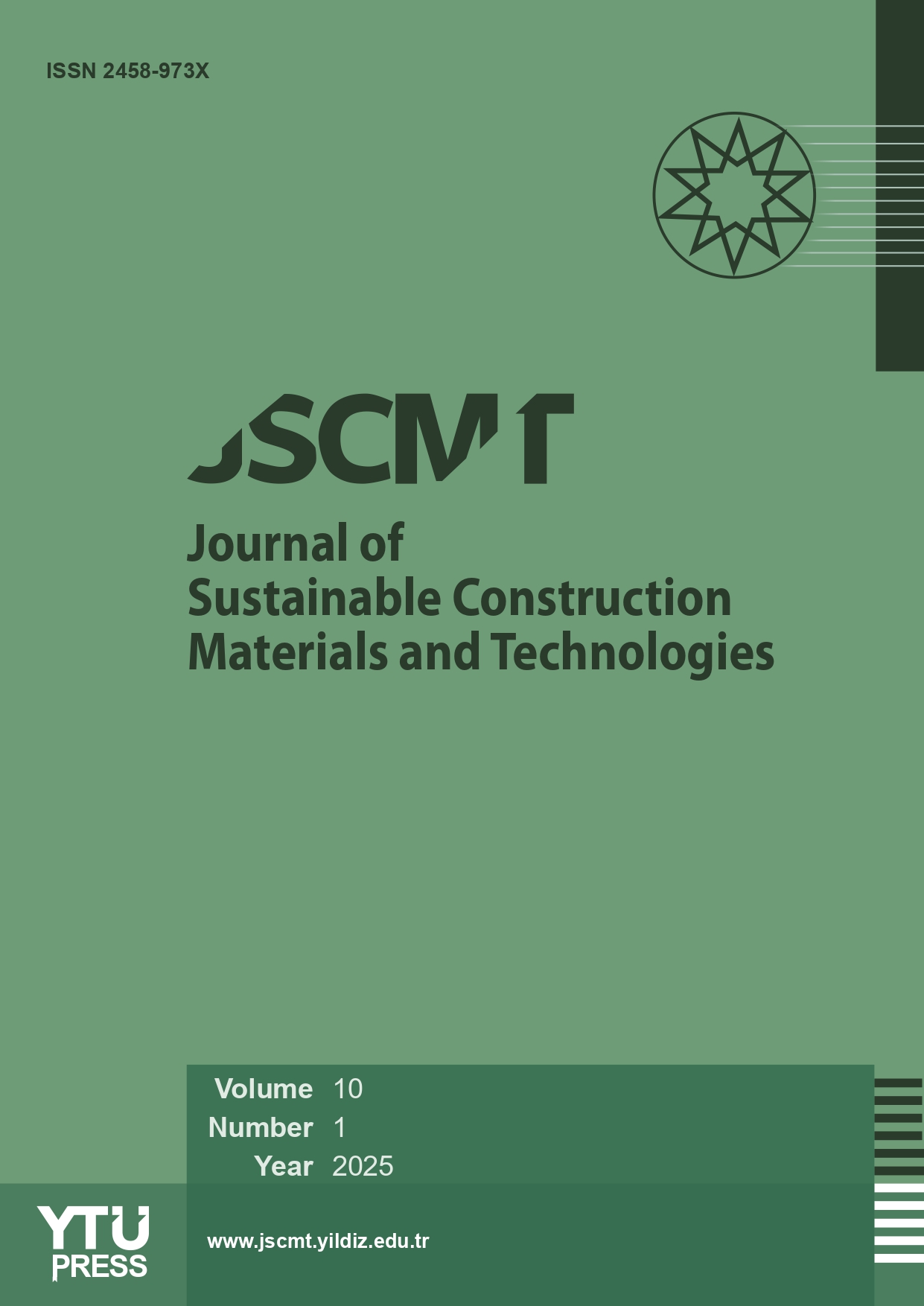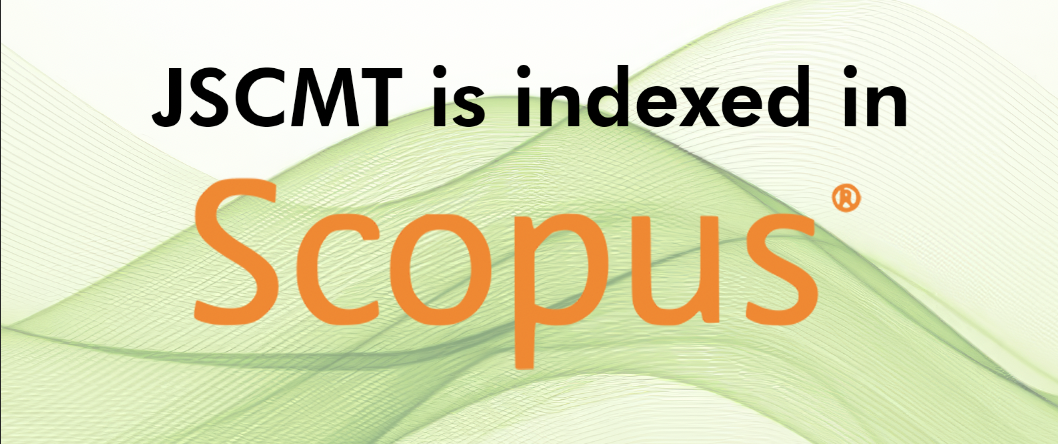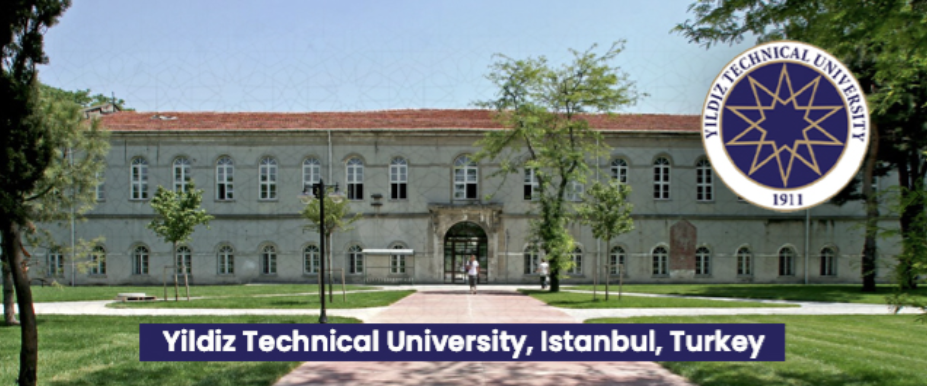Abstract
This study investigates the efficacy of superabsorbent polymer (SAP) waste as an admixture in producing hollow concrete blocks. Using the central composite design (CCD) of the response surface methodology (RSM), the concrete blocks were created by adjusting the SAP percentage from 0.05% to 0.25%, with a constant amount of cement and sand ratios ranging from 2.00 to 4.00. After 28 days of curing, the blocks were evaluated for their compressive strength, density, and water absorption capacity. Analysis of Variance (ANOVA) was used to analyze the data. The results showed that the created hollow concrete blocks at optimum condition exceeded the Philippine National Standard and ASTM Standard of 4.14 MPa for compressive strength on non-loadbearing concrete masonry, with theoretical properties of compressive strength of 8.20 MPa, density of 1900 kg/cm3 and 5.28% water absorption at the optimized conditions after numerical optimization using the CCD. This innovation could reduce solid waste output and help the environment by using by-products from companies. This research provides valuable insights into sustainable construction materials and highlights the potential of using superabsorbent polymers in producing hollow concrete blocks.
















